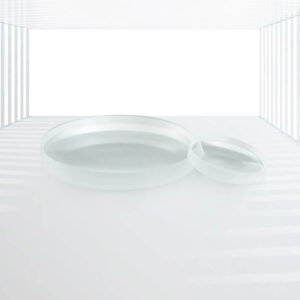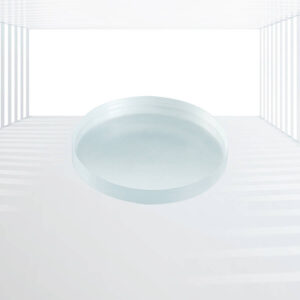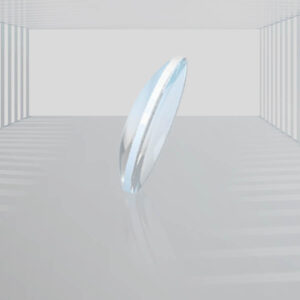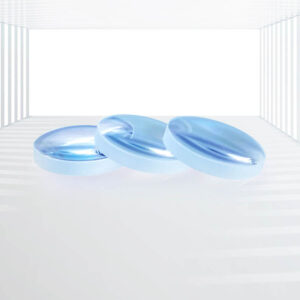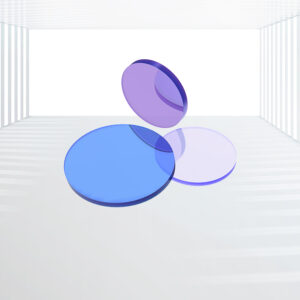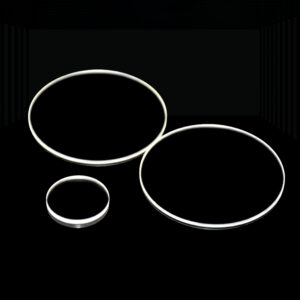CaF2 Plano-concave Lenses
Wide Spectral Transmission Range: CaF2 lenses offer a very wide transmission range, typically from the ultraviolet (UV) region at around 150 nm to the infrared (IR) region at up to 8 µm. This wide transmission range makes them suitable for applications requiring light manipulation across multiple spectral bands.
Excellent UV Transmittance: CaF2 exhibits excellent ultraviolet transmittance, making it an ideal material for UV optics. This property is particularly useful in applications such as UV spectroscopy, UV imaging, and UV laser systems.
High Laser Durability: CaF2 has a high laser-induced damage threshold (LIDT), which means it can withstand high laser power without significant degradation. This high laser durability makes CaF2 plano-concave lenses suitable for use in high-power laser systems and applications.
Low Fluorescence: Compared to some other optical materials, CaF2 has minimal fluorescence, which helps reduce background noise in imaging and spectroscopic applications.
Customizable Designs: Many manufacturers offer CaF2 plano-concave lenses with customizable dimensions, focal lengths, and coatings to meet specific application requirements. This flexibility allows users to tailor the lenses to their exact needs.
Precision Optics: CaF2 plano-concave lenses are often manufactured to precise specifications, ensuring high optical quality and performance. This precision is crucial for applications requiring accurate light manipulation and focusing.
Versatility: Due to their wide transmission range and excellent optical properties, CaF2 plano-concave lenses find applications in various fields, including scientific research, medical and biotech, environmental monitoring, aerospace and defense, and industrial applications.
Compatibility with Advanced Coatings: CaF2 lenses can be coated with various anti-reflection (AR) coatings to further enhance their optical performance. These coatings can be tailored to specific wavelengths and applications, providing optimal transmission and reflection properties.
Applications: Ultraviolet (UV) and Infrared (IR) Optics, Beam Expansion and Collimation, Imaging Systems, Laser Optics, Optical Communications, Scientific Research and Instrumentation, etc.

